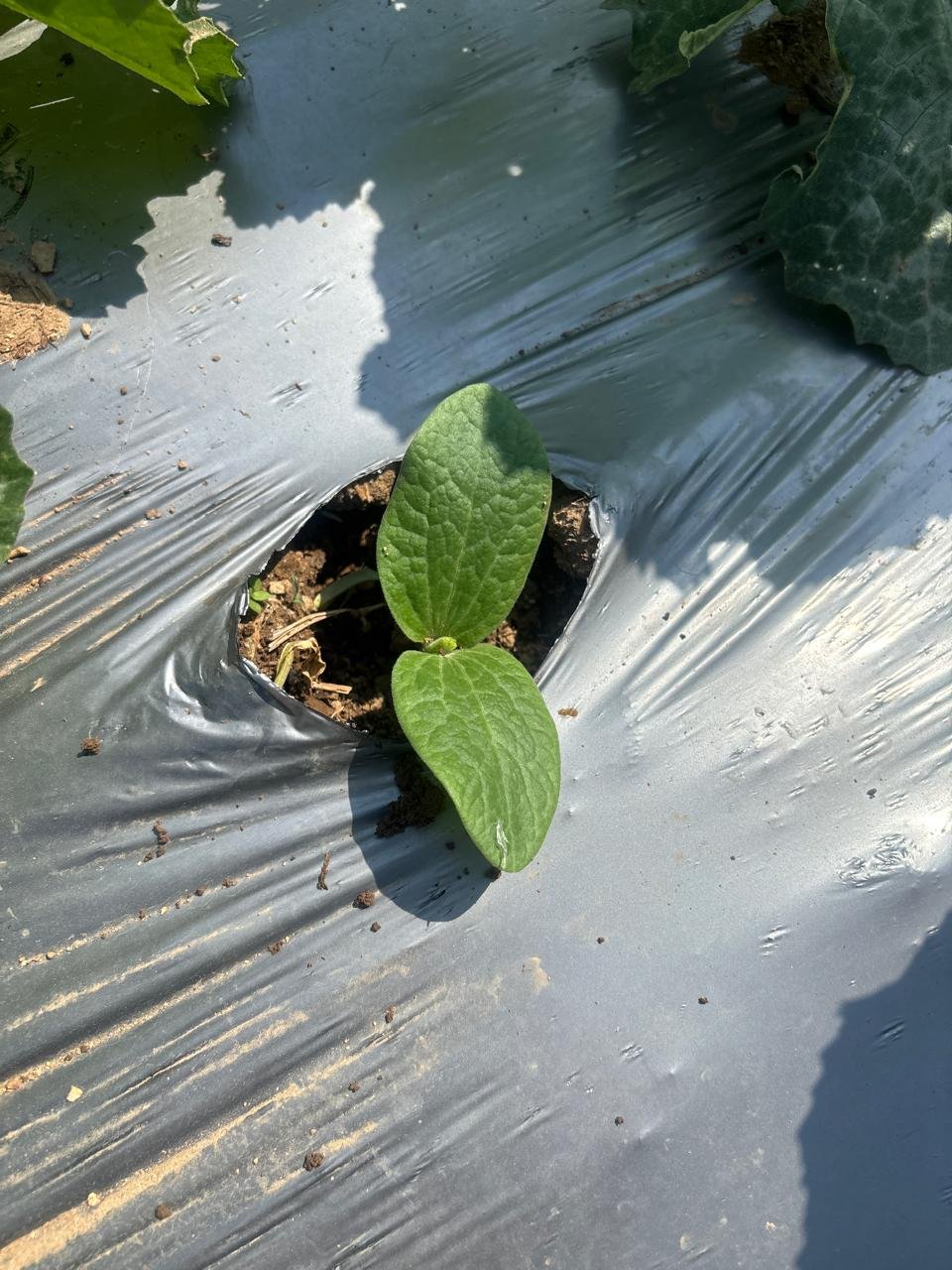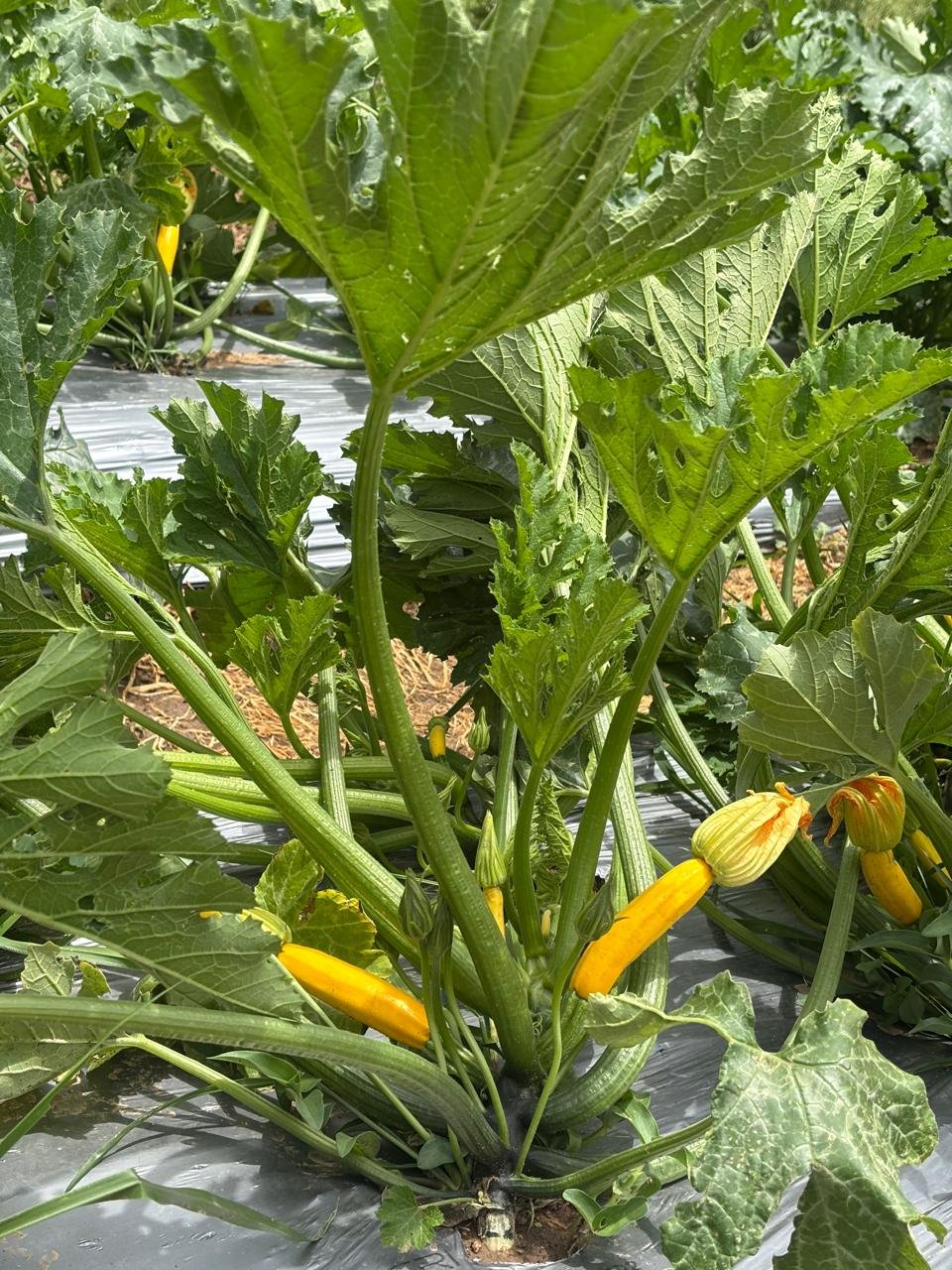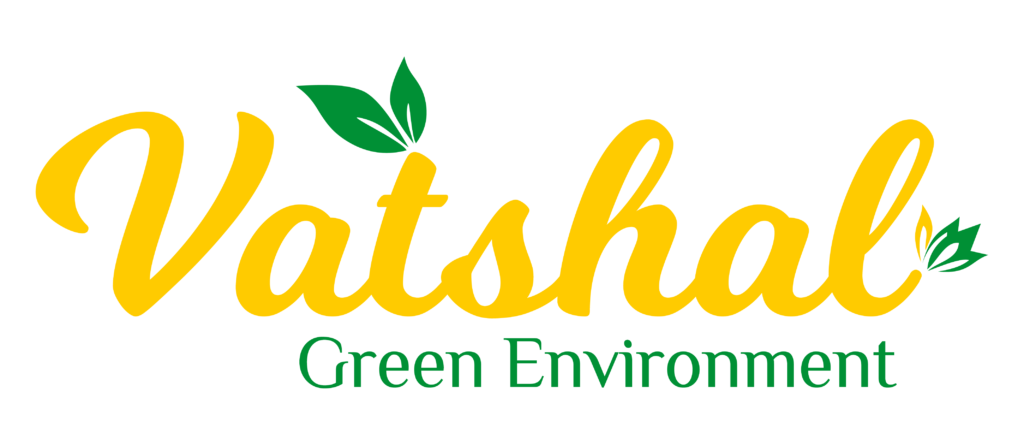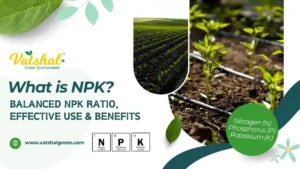Residue-Free Yellow Zucchini Farming in India
Residue-free yellow zucchini farming means growing vegetables without harmful chemical leftovers. This method is becoming popular in India because more farmers and buyers want safer, healthier food.
To support this change, Vatshal Green Environment now follows natural and eco-friendly ways to grow yellow zucchini. This easy guide walks you through each step — from preparing the soil to harvesting clean, fresh produce.
But what makes zucchini such a good crop for clean farming in the first place? Let’s understand the vegetable itself before diving into the growing process.
Zucchini is a summer squash that originally came from Central America. While green zucchini is common, yellow zucchini stands out with its sweet taste and bright golden color.
As more people understand why safe food matters, Indian farmers are shifting to residue-free methods. This helps them reach health-conscious city buyers and sell in premium markets that offer better prices for clean, chemical-free vegetables.
| Variety | Color | Best Use |
|---|---|---|
| Green Zucchini | Dark green | Widely used in daily meals and commercial kitchens |
| Yellow Zucchini | Bright golden yellow | Highly preferred for premium recipes and organic markets |
Preparing the Land for Yellow Zucchini Farming
Preparing the land is one of the most important steps in residue-free zucchini farming. Good soil setup helps the plants grow strong and healthy. Here’s how to do it in a few simple steps:
- Start by making raised beds about 6 to 8 inches high. This helps water drain properly and keeps the roots from staying too wet.
- After that, install a drip irrigation system. It delivers water right to the roots, which saves water and keeps the leaves dry — reducing the risk of disease.
- Next, apply mulch using dry leaves or straw. This keeps the soil moist, blocks weeds, and protects the plants from heat.
- Finally, give enough space between plants — about 2 to 2.5 feet. This allows each plant to get enough light and fresh air to grow better.

Watering and Organic Fertilizer Tips for Residue-Free Yellow Zucchini Farming
To grow healthy, residue-free zucchini, give the plants enough water and natural nutrients. These two steps work best together:
- First: Use drip irrigation to keep the soil moist. Run it for 15 to 30 minutes each day. Change the time depending on the weather.
- Next: Feed the plants once a week. Use natural boosters like jeevamrut, vermiwash, or compost tea. These help plants grow well without harmful leftovers.
- Also: Check the soil moisture often. Too much or too little water can hurt the plants and reduce the harvest.
Organic Pest Management in Residue-Free Yellow Zucchini Farming
Managing pests without using harmful chemicals is a key part of clean zucchini farming. Instead of strong sprays, farmers use safe and natural methods. The table below lists common pests and simple ways to control them organically:
Common Zucchini Pests and Natural Control Methods
| Pest | What You’ll See | What You Can Do |
|---|---|---|
| Aphids | Sticky leaves and curled tips. | Spray neem oil or garlic water. You can also use insect soap. Add ladybugs — they eat aphids naturally. |
| Powdery Mildew | White powder on leaves. | Spray bio-fungicides. Make space between plants for air. Avoid watering from above to keep leaves dry. |
| Stem Worms (Squash Vine Borers) | Plants droop and have small holes in the stems. | Remove larvae manually. Wrap stems with protective netting. Introduce beneficial nematodes into the soil to control the pest population. |
To help prevent pests, try planting marigolds or basil near your zucchini. Also, rotate crops each season. This stops pests from staying in the soil too long.
Additional plants like nasturtiums or calendula can also support beneficial insect populations and improve biodiversity on your farm.
Harvesting and Aftercare Tips for Clean Yellow Zucchini in India
To get the best taste and feel, pick yellow zucchini when they grow to about 6 to 8 inches long. This usually takes around 45 to 50 days after planting.
- Always use clean, sharp tools like scissors or knives to cut the fruits. This helps protect the plant from injury.
- Next, handle zucchinis gently to avoid bruises, which can cause them to spoil faster.
- Then, place the harvested zucchini in cool, airy crates to help keep them fresh.
- Finally, deliver them to buyers or markets as soon as you can to preserve high quality.

Residue-Free Yellow Zucchini Names in Different Indian Languages
Here are local names for yellow zucchini. These can help you speak clearly in Indian markets:
- Hindi: तोरी (Tori)
- Gujarati: જુકિની
- Marathi: जुकिनी
- Tamil: சுக்கினி
- Kannada: ಸುಕ್ಕಿನಿ
- Malayalam: സുചിനി
- Punjabi: ਜ਼ੁਕੀਨੀ
Health Benefits of Eating Residue-Free Yellow Zucchini
Yellow zucchini is full of good nutrients. It is tasty and helps your body in many ways:
- It has water and fiber. These help with digestion and hydration.
- It gives you vitamins A and C. These help your eyes and keep you safe from illness.
- It is low in calories. This makes it good for staying fit and healthy.
- It has antioxidants. These may lower swelling and help your skin stay clear.
Tasty Recipes Using Residue-Free Yellow Zucchini
Yellow zucchini is versatile in the kitchen and adds a distinct flavor to various Indian dishes. Here are some simple Indian-style recipes you can try:
- Yellow Zucchini Paratha: Grated zucchini stuffed into whole wheat flatbreads.
- Zucchini Bhaji: Stir-fried with mustard seeds, green chilies, and flavorful spices.
- Stuffed Zucchini: Hollowed and filled with spicy paneer or mixed vegetables.
- Zucchini Pulao or Veg Biryani: Fragrant rice dishes with zucchini and spices.
- Zucchini Tikkis or Cutlets: Mashed zucchini mixed with potatoes and shallow-fried with spices.
Pollination Tips for Better Zucchini Fruit in Clean Farming
Pollination is important for growing big and healthy zucchini. In open fields, bees usually help with this. However, in net houses or polyhouses, bees may not be present.
To solve this, Vatshal Green’s polyhouse kits offer good airflow, the right level of humidity, and strong plant support. These features help zucchini grow better in protected spaces.
In the absence of natural pollinators, manual pollination is a reliable and effective alternative. It can be done easily using a soft paintbrush. In the early morning, gently transfer pollen from the male flowers to the female flowers. This simple technique helps ensure better fruit development and improves overall yield.
Learn More About Residue-Free Yellow Zucchini Farming
To support both farmers and buyers, we often share new updates, easy tips, and stories from real farms. For example, you can find more in our full guides on Vatshal Green News or watch a short video here.
If you want to start your own protected zucchini farm, Contact Vatshal Green for help with advice, setup, and organic supplies.






